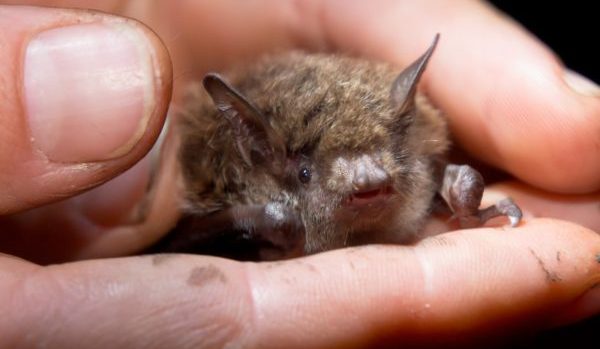White-Nose Syndrome (WNS) is a bat killing disease that has already wiped out millions of bats across the world. Learn more about this debilitating bat disease, and what you should do if you are concerned about bat activity around your house.

Virginia Bat Removal and Control 804-729-9097
White-Nose Syndrome is a fatal disease that affects hibernating bat colonies. It is named after its most distinct symptom, which is a white-colored film that develops on the snouts and wings of infected bats. The disease is caused by a psychrophilic (cold-loving) fungus called Pseudogymnoascus destructans, which is formerly known as Geomyces destructans.
It tends to affects bats since the fungus cannot thrive in temperatures above 20 degrees Celsius. Caves in wintertime make for the perfect growth conditions for this type of fungus; and many bat colonies use caves just like these to hibernate for the season. Bats decrease their metabolic rate and drop their body temperature to save energy during hibernation.
The disease causes bats to wake up more often in warmer temperatures. This disruption in hibernacula jeopardizes their energy and fat reserves. It causes them to use up more energy, lose body fat, and eventually starve to death. In later stages of the disease, infected bats in will also become dehydrated, suffer from acidification, and have scarring of the wings, which hinders their flying abilities. It is suggested by researchers that infected bats use twice as much energy as a healthy bat would.
The disease usually spreads direct contact with other infected bats, or by picking up the fungus from contact with contaminated surfaces. White-Nose Syndrome causes very high death rates and population regressions in various species of bat, such as the little brown bat (Myotis lucifugus), federally-protected Indiana bat (Myotis sodalis), and Northern Long-Eared bat (Myotis spetentronalis).
What To Do About Nuisance Bats
Although bats are beloved and significant mammals that provide a wide range of benefits for our surrounding eco-systems, they can sometimes lose their way and become a pest problem for residential and commercial homeowners. If you are concerned that the bat activity around your home or building has continued to increase, it may be time for some professional intervention, just to be sure your property is protected from potential break-ins and infestations. Contact a licensed Virginia bat removal and control specialist for professional inspections, advice, and service. They can provide safe, humane, and effective solutions to your current and future bat problems.
Contact Our Bat Pros Today

Virginia Bat Removal and Control 804-729-9097
